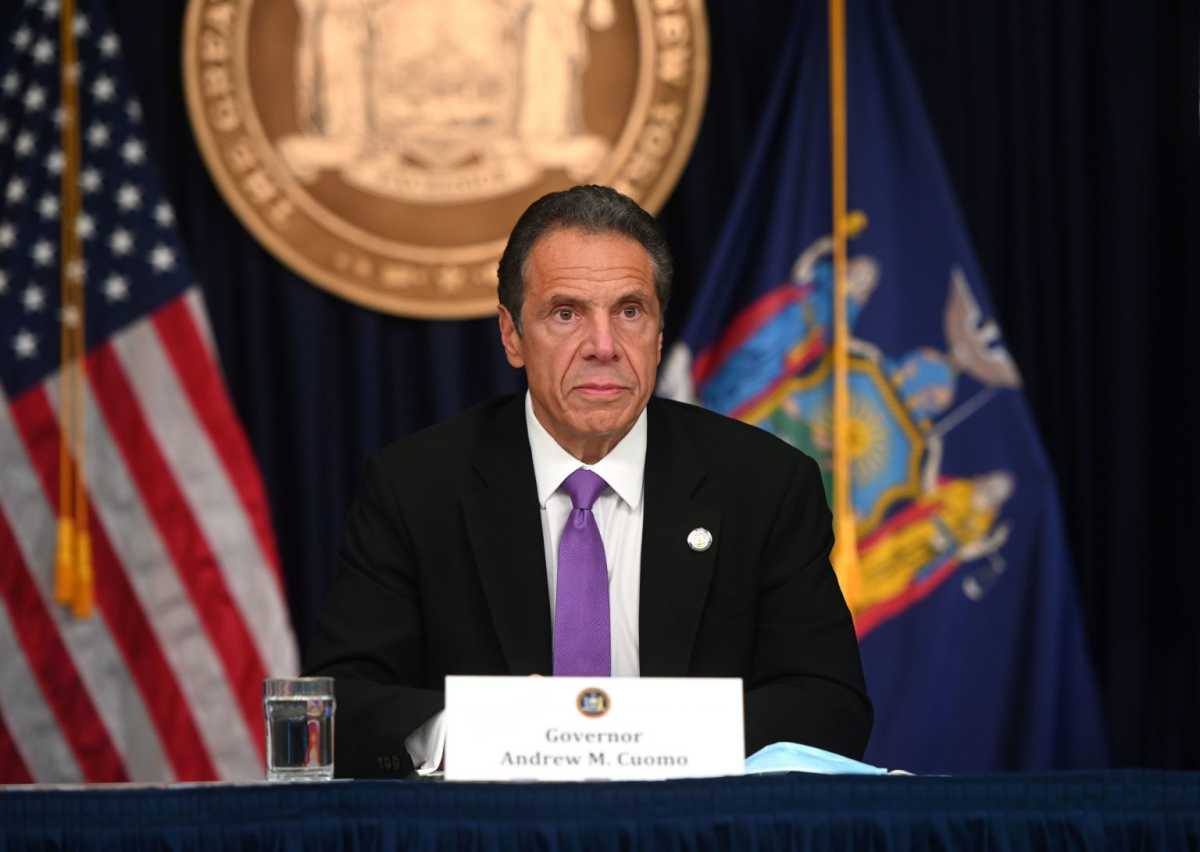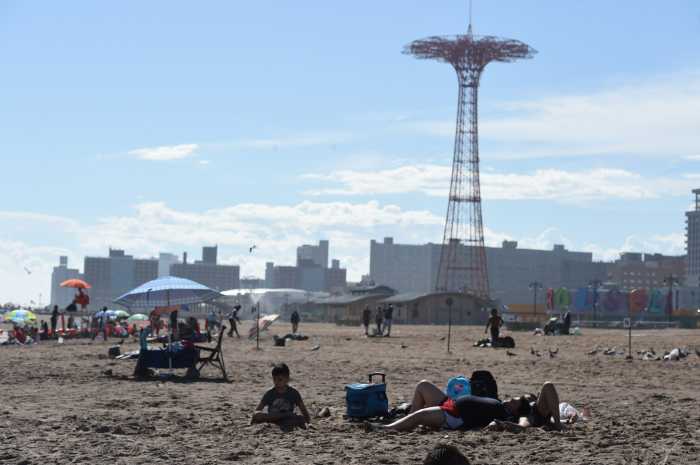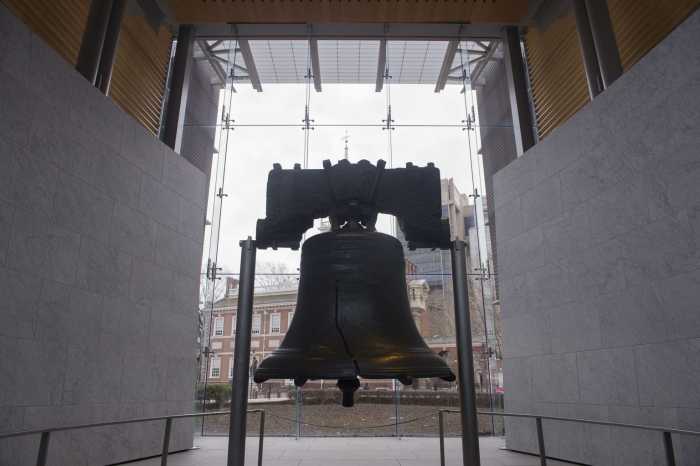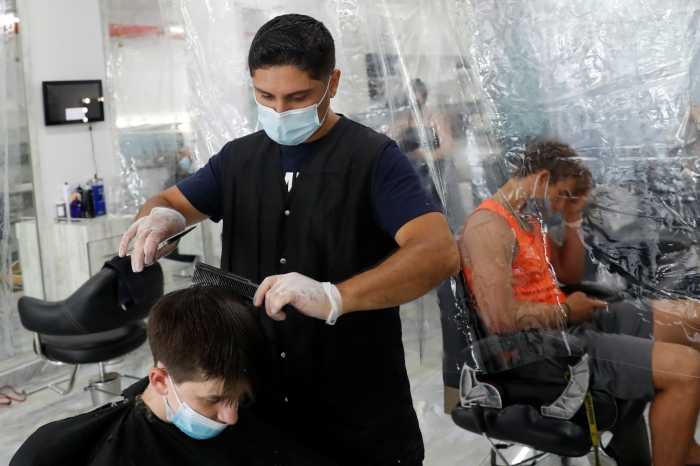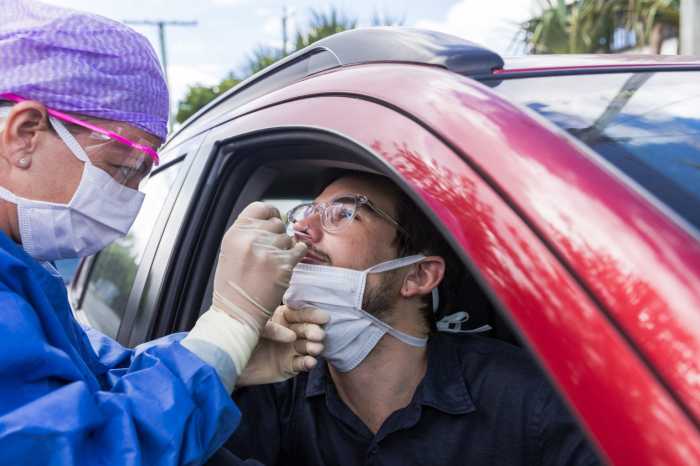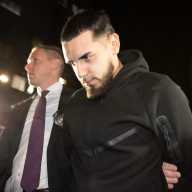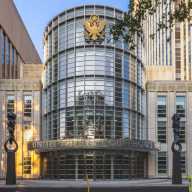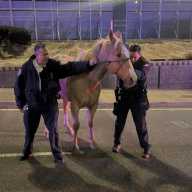New York City ought to consider amending its policy of closing schools if the citywide COVID-19 infection rate hits 3 percent and taking a more localized approach, Governor Andrew Cuomo said on Saturday.
The governor told reporters during a conference call that he had spoken earlier with Mayor Bill de Blasio about the 3 percent benchmark, which would apply to all city public schools. Cuomo suggested that the city work with parents and teachers on adopting changes that would allow for individual school communities to reopen or remain open if testing reveals low positivity rates.
The benchmark has become a subject of debate this week as COVID-19 cases have risen citywide. Under a reopening plan between the city and the United Federation of Teachers, all public schools would close and revert to remote learning if the citywide seven-day COVID-19 positivity rate average exceeds 3 percent.
But since that policy was created in the summer, Cuomo said, the city and state have vastly expanded their COVID-19 testing capabilities, enabling school communities to conduct rapid testing. The increased testing allowed the state and city to detect micro-clusters of COVID-19 cases that have broken out, and provide a localized response to them.
The governor said he advised de Blasio to take a similar approach when it comes to keeping schools open or closed.
“Since the 3 percent [benchmark] was set, we have become more sophisticated, and have more testing capacity. We are now testing extensively within the schools,” Cuomo said. “Add to your calculus a positivity rate in the school because if the school is not spreading the virus, or if the school has a much lower positivity rate than the surrounding area, then the school is not the problem. And you could argue that keeping children in the school is part of the solution rather than the children spending time on the street in the neighborhoods where the infection rate is higher.”
Cuomo said that “it still has to be a collective decision, because if you don’t have the parents agree, they’re not going to send their students.” He reasoned that closing the schools has “ancillary consequences” that further impact the city and state, such as impeding the ability for parents to go to work and impacting nutrition programs affecting low-income residents.
While maintaining that he has the authority to keep the schools open over any decision de Blasio might make, Cuomo said the decision to change the policy rests with the city’s Department of Education, parents and teachers who collectively worked on the reopening plan this summer.
“I’m now saying to the collective [that] I know you all agreed to this,” the governor said, “but something’s changed in the interim. And with COVID, facts change, and when facts change, there maybe conclusions that should change. … Why not add a factor of the school infection rate that you can also consider in whether the schools remain open?
The mayor’s office did not immediately respond to a request for comment.
This story first appeared on amny.com.

